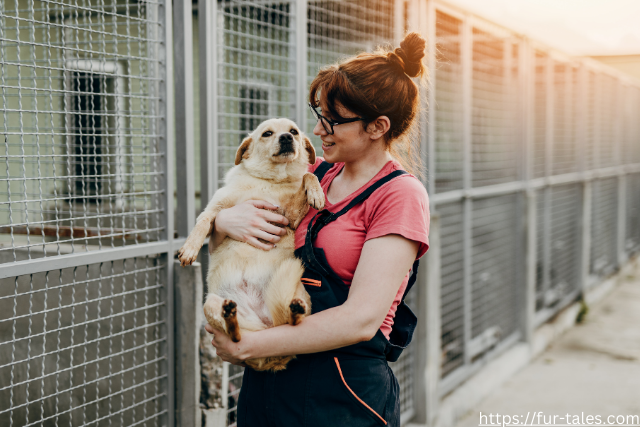
How to Spot the Signs of Trauma in a Rescued Pet
Adopting a rescued pet is one of the most rewarding experiences a pet lover can have. But along with the joy of giving an animal a second chance comes the responsibility of understanding their past—including any trauma they may carry with them.
Whether a pet comes from a shelter, abusive situation, or has been abandoned, they may display emotional and behavioral signs that indicate they’re still processing what they’ve been through.
In this article, we’ll explore how to recognize the signs of trauma in rescued pets and what you can do to help them feel safe, loved, and at home.
What Is Trauma in Pets?
Just like humans, animals can suffer from post-traumatic stress. Trauma in pets often results from:
- Abuse or neglect
- Abandonment
- Prolonged isolation or confinement
- Losing a previous owner
- Being attacked by another animal
- Loud, unpredictable environments (e.g., hoarding situations, puppy mills)
This trauma can manifest physically, emotionally, and behaviorally. The key is to observe your pet closely, remain patient, and give them time and space to adjust.
Common Signs of Trauma in Dogs
Dogs with a traumatic history may show a variety of behaviors depending on their experience, breed, and individual personality.
1. Fearful or Skittish Behavior
- Cowering, trembling, hiding
- Avoiding eye contact
- Flinching at sudden movements
- Hesitating to approach people or go outside
2. Aggression or Reactivity
- Growling or barking excessively
- Snapping when touched
- Guarding food, toys, or space
- Lunging at other pets or strangers
3. Hypervigilance
- Constantly scanning surroundings
- Jumping at every noise
- Inability to relax or settle
4. Physical Symptoms
- Weight loss or poor coat condition
- Excessive shedding or self-licking
- Tail tucked between legs
- Gastrointestinal issues (vomiting, diarrhea from stress)
Common Signs of Trauma in Cats
Cats tend to internalize stress, and trauma often shows up subtly. Look out for:
1. Hiding and Avoidance
- Staying under beds or in closets
- Avoiding humans or other pets
- Running from loud noises or sudden movements
2. Aggressive or Defensive Reactions
- Hissing, swatting, or biting when approached
- Overreacting to being touched
- Overgrooming or biting their own tail/paws
3. Litter Box Issues
- Urinating or defecating outside the litter box
- Holding waste due to fear or anxiety
- Using inappropriate places (like beds or shoes) to signal distress
4. Changes in Appetite or Behavior
- Not eating or overeating
- Lethargy or extreme restlessness
- Excessive meowing or total silence
How Long Does Trauma Last in Rescued Pets?
The healing process varies from pet to pet. Some may settle in within weeks, while others take months or even years to fully recover and trust again.
Factors that affect recovery include:
- The severity and length of trauma
- The pet’s age and temperament
- How safe and consistent their new environment is
- The level of training and rehabilitation support
How to Help a Traumatized Pet Heal
1. Create a Safe Space
Give your pet a quiet, cozy area they can retreat to. A crate with a blanket, a corner with a bed, or a quiet room can help them feel secure.
2. Stick to a Routine
Predictability builds trust. Feed, walk, and play at the same times each day to create a sense of stability.
3. Use Gentle, Calm Energy
Avoid yelling or punishment. Speak softly, move slowly, and offer comfort without forcing contact.
4. Let Them Set the Pace
Allow your pet to come to you when they’re ready. Forcing interaction can worsen fear or anxiety.
5. Use Positive Reinforcement
Reward calm behavior and bravery with treats, toys, and praise. Never punish fear-driven actions—respond with compassion and patience.
6. Consider Professional Help
For severe trauma, working with:
- Veterinarians (to rule out medical causes)
- Certified dog trainers or cat behaviorists
- Animal therapists or fear-free professionals
…can make a world of difference.
Real-Life Story: Lily’s Journey
Lily, a border collie rescued from a puppy mill, wouldn’t walk on a leash or accept a pet from anyone for weeks. Her new owner, Sarah, patiently sat nearby every day, offering treats and reading aloud in a calm voice.
Slowly, Lily inched closer—first sniffing, then laying down nearby, and eventually curling up at Sarah’s feet. With time, Lily not only healed but became a therapy dog herself—proof that love and patience can transform even the most broken spirits.
Image Source: Canva
